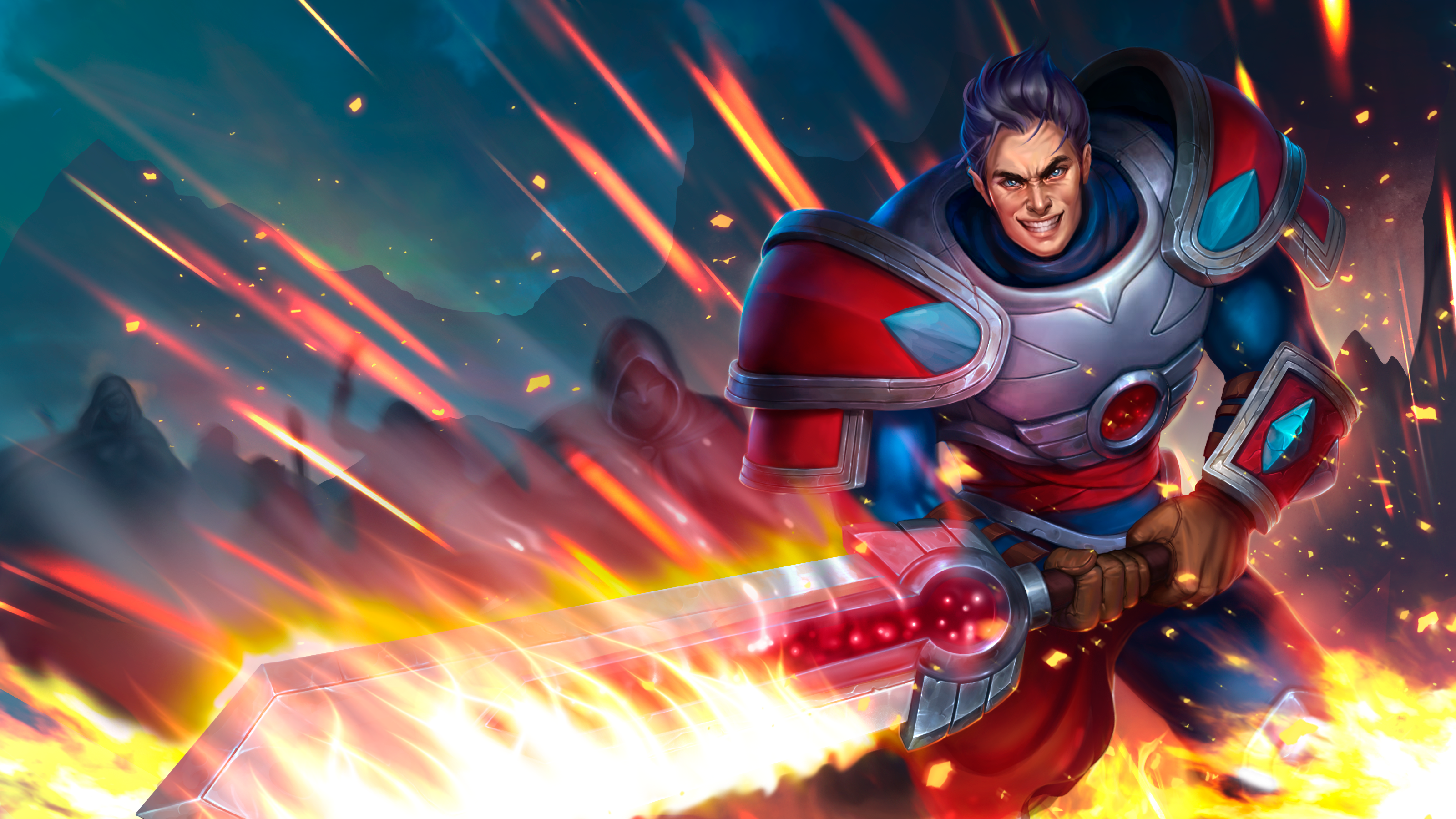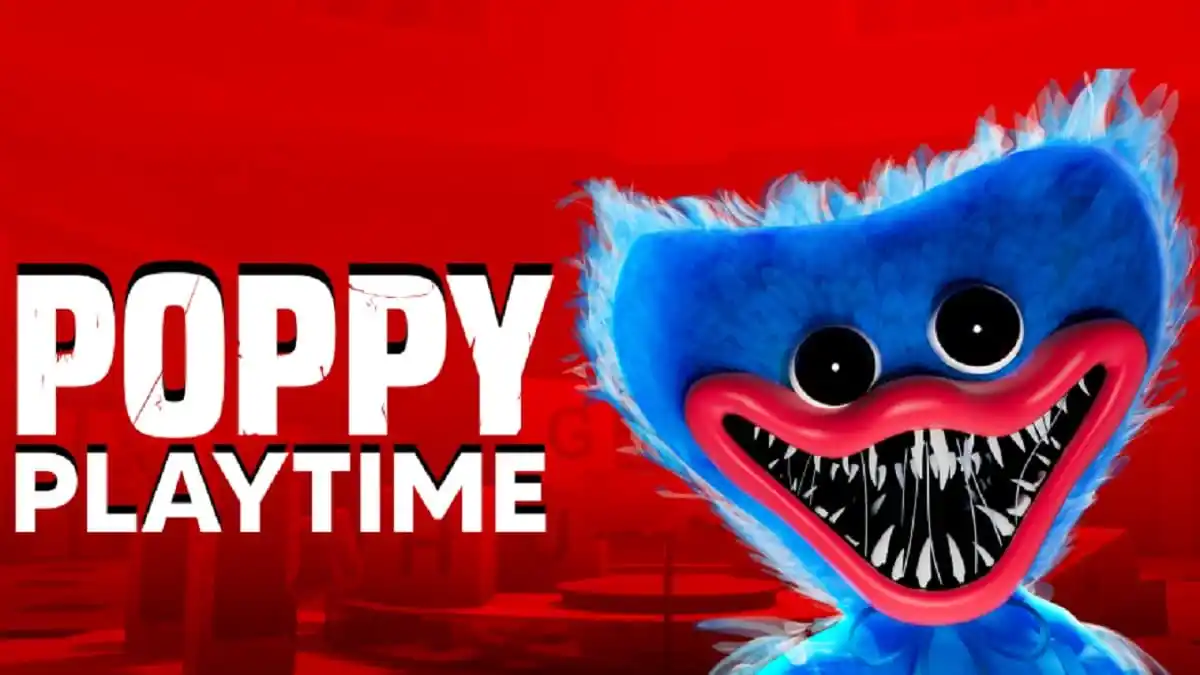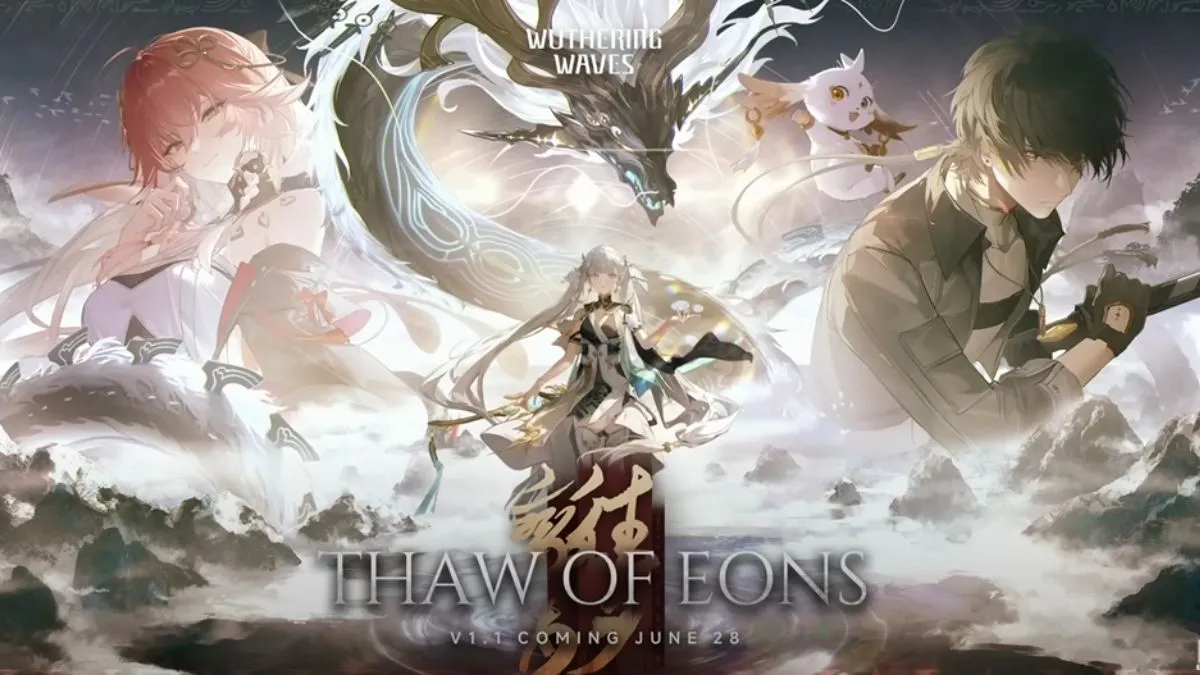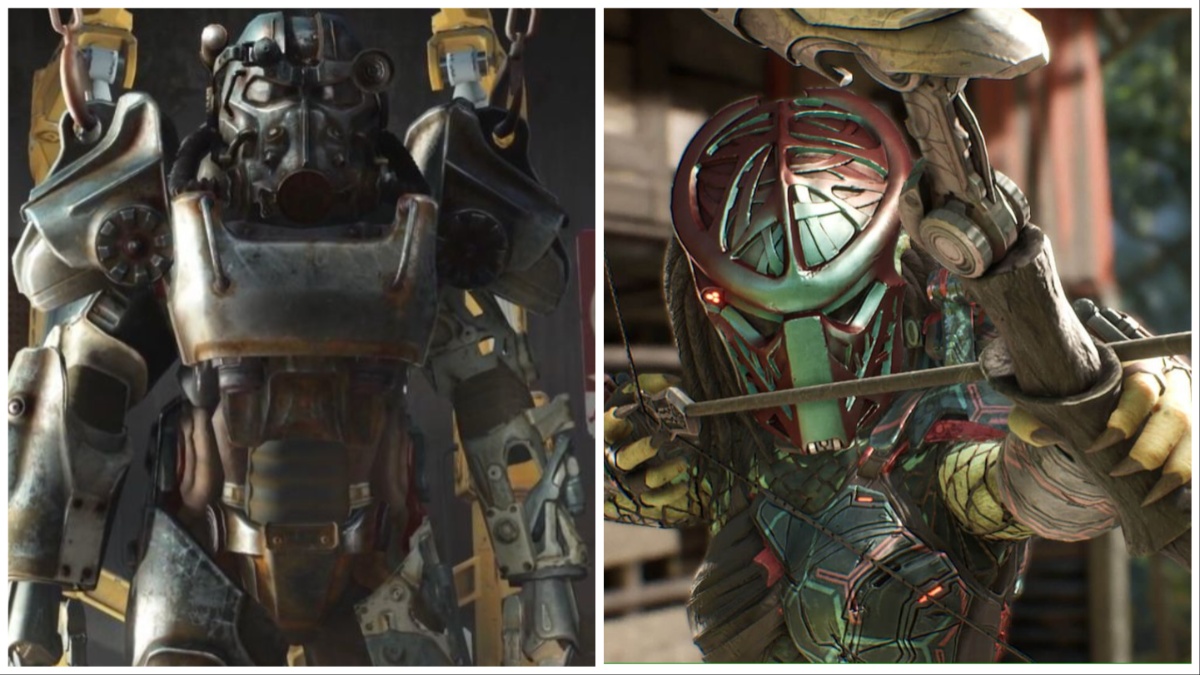The Last Guardian will be released on December 6. The title also happens to be one of the few titles released this year that experienced a decade in development. Other games that shared a similar set of circumstances are Owlboy and Final Fantasy XV.
The game’s history began with the formation of Team Ico lead by director Fumito Ueda. Ueda joined Sony’s Japan Studio as a first part developer in 1998. To answer the question as to why The Last Guardian took so much time, let’s take a look at their past games.
Ueda’s first title Ico, developed for the PlayStation 2, began development in 1997. Ico is a “boy meets girl” story in videogame form. The hero, a horned boy, must help an unnamed girl to escape a castle. Throughout the game, they both face dangers from her evil mother, the queen.
The action adventure title was not released until 2001. This made the title an early addition to the PlayStation 2. Team Ico focused on the design philosophy of: making a game that would differ from others in the genre, featuring an aesthetic style that would be consistently artistic, and the game taking place in an imaginary yet realistic setting.
Keeping these key features in mind proved to cause some issues. In two years, the PlayStation 1 console limits halted development. Ueda and company faced the difficult decision of cancelling the project. At the time, the PlayStation 2 console was close to release and development was moved to the platform. Eventually, Ico was released in 2001 after a four year development cycle.
With its release, Ueda’s distinct fingerprint as game designer and director became known to the videogame industry. Some distinct characteristics include his games’ narratives are hardly existent and left to interpretation; the titles in game aesthetics are given life with overexposed desaturated light; and there is barely any spoken dialogue. Over time, he has been considered to be a director whom is able to reflect his personal creative vision in his titles. This is something that is considered to be quite a feat within videogames.
Shortly after Ico’s release, Ueda and the team began conceptualization of Shadow of the Colossus. The game was eventually released in 2005 for the PlayStation 2. The game is an action adventure title where the player must slay 16 monumental enemies. The main theme of the game was that of the lonely hero’s journey. This was further perpetuated because the hero’s only companion is a horse.
Much like it’s predecessor, Shadow of the Colossus shared a 4 year dev cycle as well. Now the reason for this more than likely started with Ueda himself. Being something of a perfectionist, the game’s production was held to a very high standard. The director was cited to have felt that only 2 out of 500 artists that applied met his artistic vision. He also demanded numerous redesigns until the artwork met his vision for the title.
The lead producer, Kenji Kaido, also demanded the same from programmers. Kaido wanted programmers to make interactions as realistic as possible. The main reason for this focus was due to the fact the player is facing massive enemies. For example, if a Colossi would attack, he would need to react accordingly for the player to believe the experience. Just as in Ico, the game uses desaturated colors, motion blur and partial high dynamic range rendering and bloom lighting.
Afterwards, conceptualization forThe Last Guardian started in 2005, while its active development began in 2007.
Narratively speaking, this new title was inspired in part by the hero and his horse in the Shadow of Colossus. Ueda wanted to express a story of a boy and his creature companion, so the story involves the boy and a giant winged created named, Trico. The intent is to create an emotional tale between boy and beast.
The Last Guardian was originally announced to be in development in 2009. A brief trailer for the title was shown at E3 2009. Another trailer for the game was released during GDC 2011.
Much like Ico and Shadow of the Colossus, the game experienced a slow development cycle. Even Sony’s President admitted they were experiencing issues. This was largely due to Team Ico and their small size. They were not able to achieve the vision set by Ueda on the PlayStation 3 hardware.
Sony was preparing to introduce the PlayStation 4 in 2013. So as a result, it was decided that the team change the platform for the game. After that executive choice, Sony had other studios assist with getting the core game adapted for the new console.
Afterwards, in 2011, development was hampered when Ueda left Sony. He left for personal reasons. With his departure, other members of Team Ico left for other game studios as well.
Ueda and former Team Ico members created a new studio, genDESIGN. After creating the studio, they were faced with a choice, according to Ueda:
Do we try to create something new, or do we keep going, providing support on The Last Guardian?
GenDESIGN decided to assist Sony in completing The Last Guardian through contract and working alongside Sony’s internal studio, Japan Studio.
Essentially, genDESIGN developed the creative content for the game, such as character design and animation and level design. It is then put into place via Japan Studio, with Ueda maintaining oversight on the completed project. Ueda has admitted that the game is the same as his original vision. The main difference, of course, is that graphically it looks more impressive running on the PlayStation 4 hardware. He made certain to focus on the fact this was being created for a first time players.
So why did The Last Guardian take nearly a decade to be released? Following Team Ico’s history there’s many reasons. I would say that staying true to a creator’s vision and Ueda’s perfectionism are the primary reasons.
Now, is this necessarily a bad thing? I wouldn’t say so. If you view any of the recent trailers for the title, you can see his vision has been accomplished. Honestly, if you’ve played any of Team Ico’s games you’d know they’re very unique.
Of course, you can’t deny that there’s the element of the company affecting its release. This isn’t new in videogames and is actually quite the norm. Still, the argument can be made as to whether it’s a good or bad decision in regards to fans.
Will the wait for Fumito Ueda’s third game be worth it? Will he continue on to be considered an auteur of videogames? We’ll have to wait and see when The Last Guardian releases this December.






Published: Nov 23, 2016 10:29 am